‘Sensory play’ describes activities that stimulate kids’ senses through the use of different materials and objects. Aside from being fun and engaging for kids, it’s important to understand the benefits behind sensory play so that you can determine what type your child needs and how to incorporate it into their day. Keep reading to learn from our expert occupational therapists why sensory play is so beneficial.
Why is Sensory Play Important for Development?
Our senses are how we experience and explore the world around us. Touch, seeing, hearing, tasting and smelling, as well as input to our joints and muscles and our sense of balance all work together to help us make sense of our world. Encouraging early exploration of their senses will help our children develop their sensory acuity, leading to better fine motor, visual motor and gross motor skills.
What are the Benefits of Sensory Play?
1. Sensory Processing
The more exposure our kids have to different textures and movements, the more their ability to tolerate different types of sensory input will develop. Why is this important? Kids who can’t tolerate various sensations or are scared of movement have difficulty focusing and can be clumsy.

2. Fine Motor Development
When we give our toddlers the ability to touch and manipulate various items in their environment, they develop the muscles in their hands needed for fine motor skills such as writing, cutting and dressing. Playing with items like sand, putty and puzzles are great tools for fine motor skill development.
3. Bilateral Skills
Sensory play that requires the use of both hands, like using a pail and shovel for sand, pulling and pushing a Sensory Pop Tube or swimming through water helps improve bilateral coordination skills. These activities exercise both sides of the brain and encourage kids to cross midline, which is needed for things like coordination on the playground and better cognitive functioning in reading and writing.
4. Coordination/Motor Planning
As mentioned above, kids that have trouble with movement can be clumsy. Giving our children the chance to move, climb, spin, bounce and roll provides input to the joints and muscles, as well as the balance center in the inner ears. This encourages children to tolerate movement and move in a coordinated manner on the playground and in the classroom, which can lead to higher self-esteem.
5. Self-Regulation
When kids cannot tolerate different sensations– either due to lack of exposure or poor sensory processing– they are often bothered by the sensations around them. This feeling of sensory overload may lead to a meltdown. Sensory play and exposure to a variety of sensations can help children build up their tolerance and avoid over-reactions to sensory input. Children with autism can be especially sensitive to sensory overload, so they may particularly benefit from sensory play.

6. Stimulate Neural Connections
The more you allow your child to explore, the more neural connections they build in their brain. When your child experiences a new sensation, the brain forms a memory and attaches that memory to the emotion that it evoked. The brain can then match what they smell, touch or hear now to a past experience. Imagine that the smell of homemade cinnamon cookies makes your child smile with contentment. Now, when they feel agitated, you can light a cinnamon-scented candle to evoke those peaceful memories and help them feel calm.

7. Language Development
Talking with your child about the different tastes, textures and sensations is a great way to encourage language development. Discuss features of the object and use it to create storylines. Help them name emotions connected to the sensations for a social-emotional education. By incorporating sensory play into their routine, you can promote increased language skills in a fun way.
What are Sensory Bins and Why are They Important?
Sensory bins are a wonderful and customizable tool that you can use to expose kids to different textures. You can fill a deep bin or shallow dish with a base material, like weighted sand, then add small objects and manipulative tools. Sensory bins are great for encouraging sensory play. You can swap out the objects in the bin to suit your child’s interests. Changing the base material allows your child to explore many textures. Adding tools such as scoopers, tongs and cups will further add to the experience.
Sensory play starts from birth and continues throughout adulthood. Whether your child has autism, ADHD, another sensory processing disorder or not, exposure to different sensory experiences is integral to processing and participating in their environment.
What are your favorite forms of sensory play? Share them in the comments or on social media and tag us @funandfunction so that we can see!







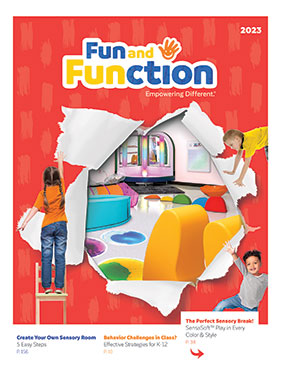





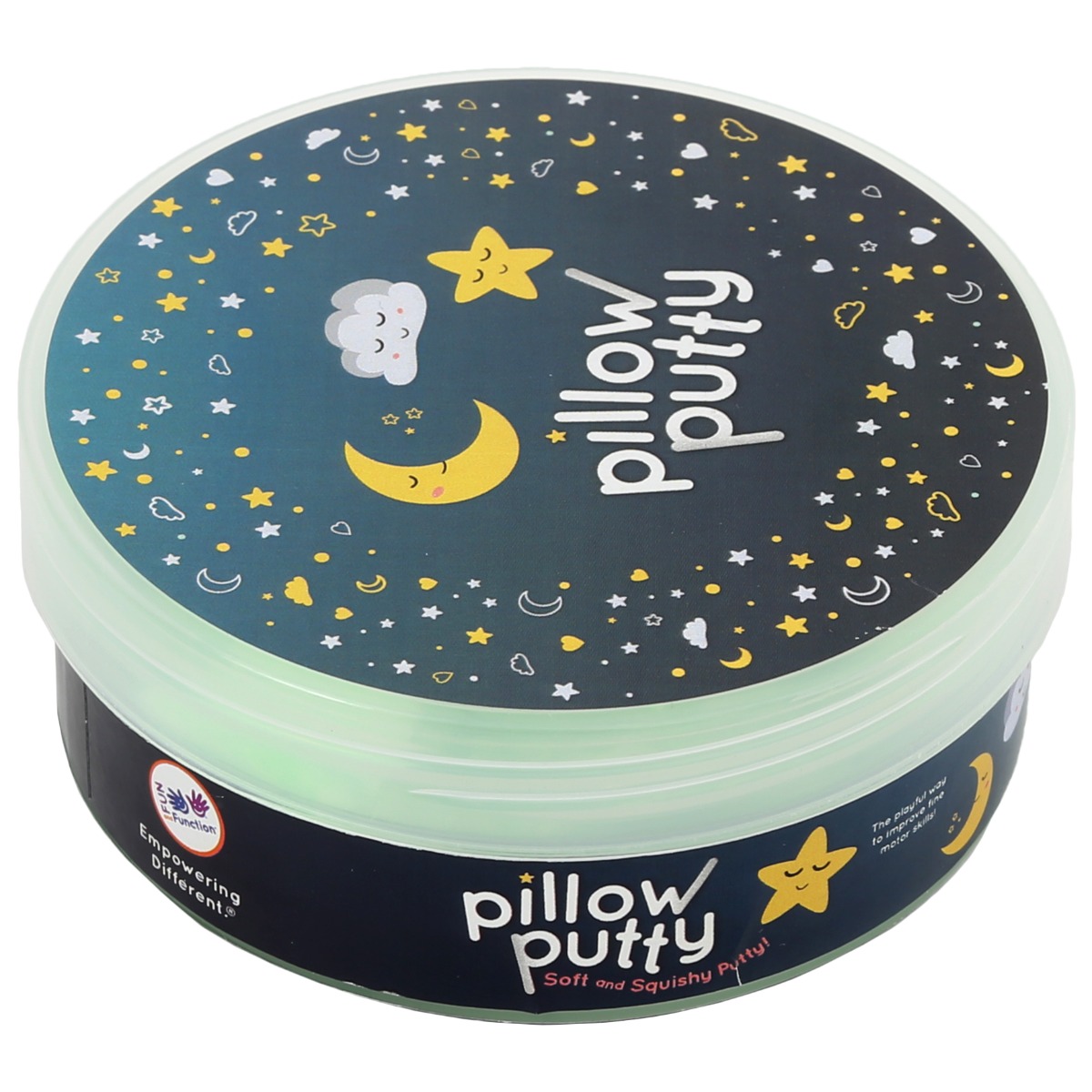
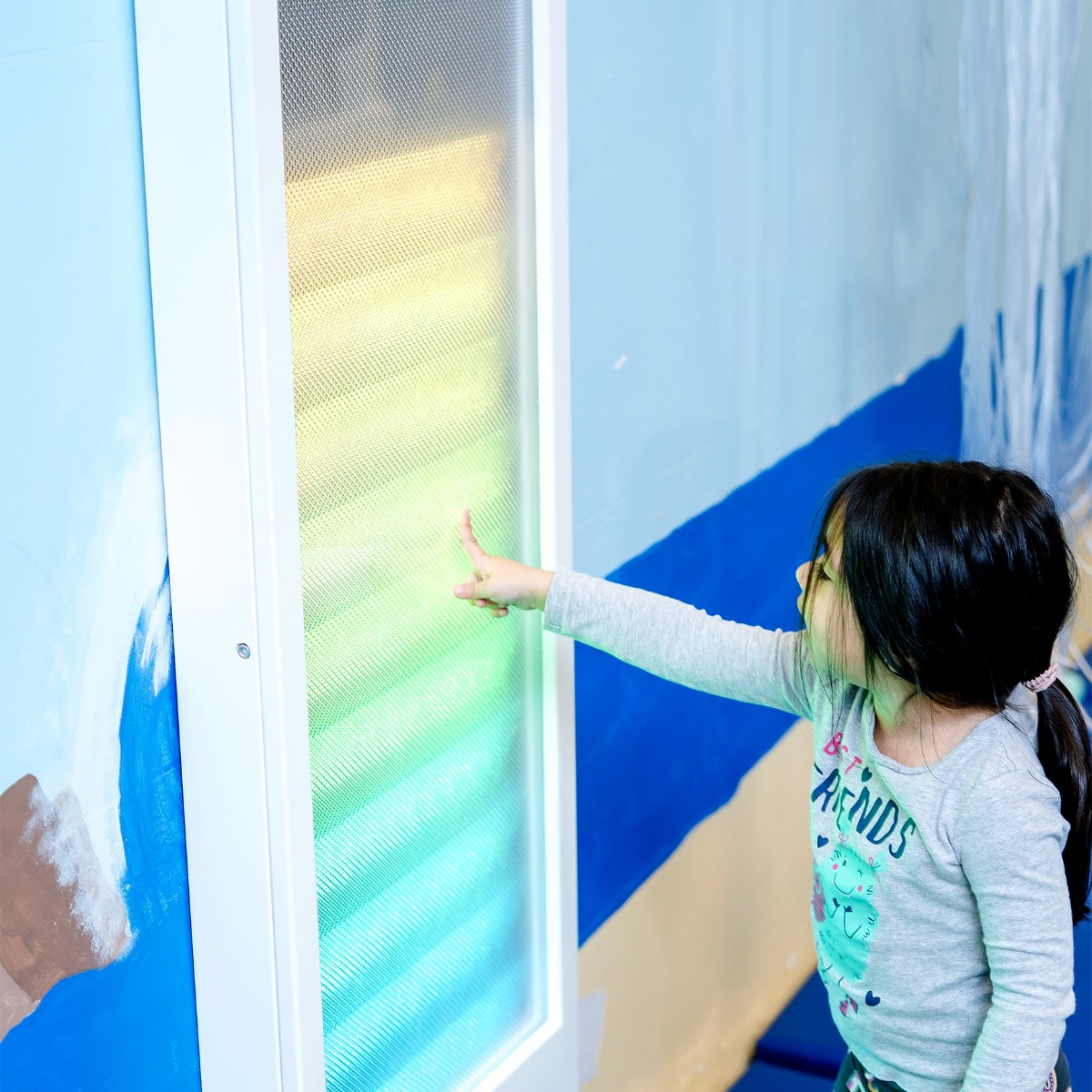

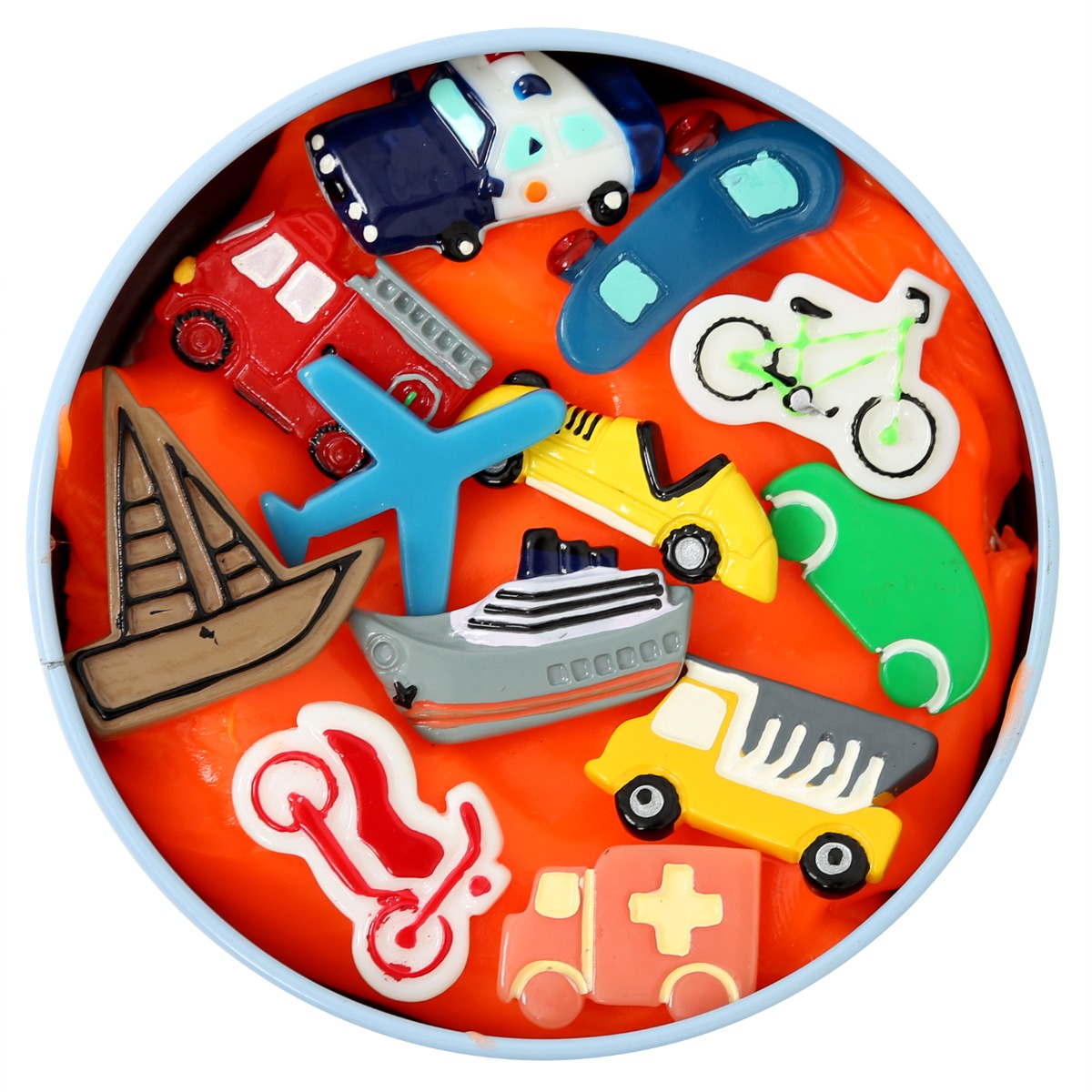


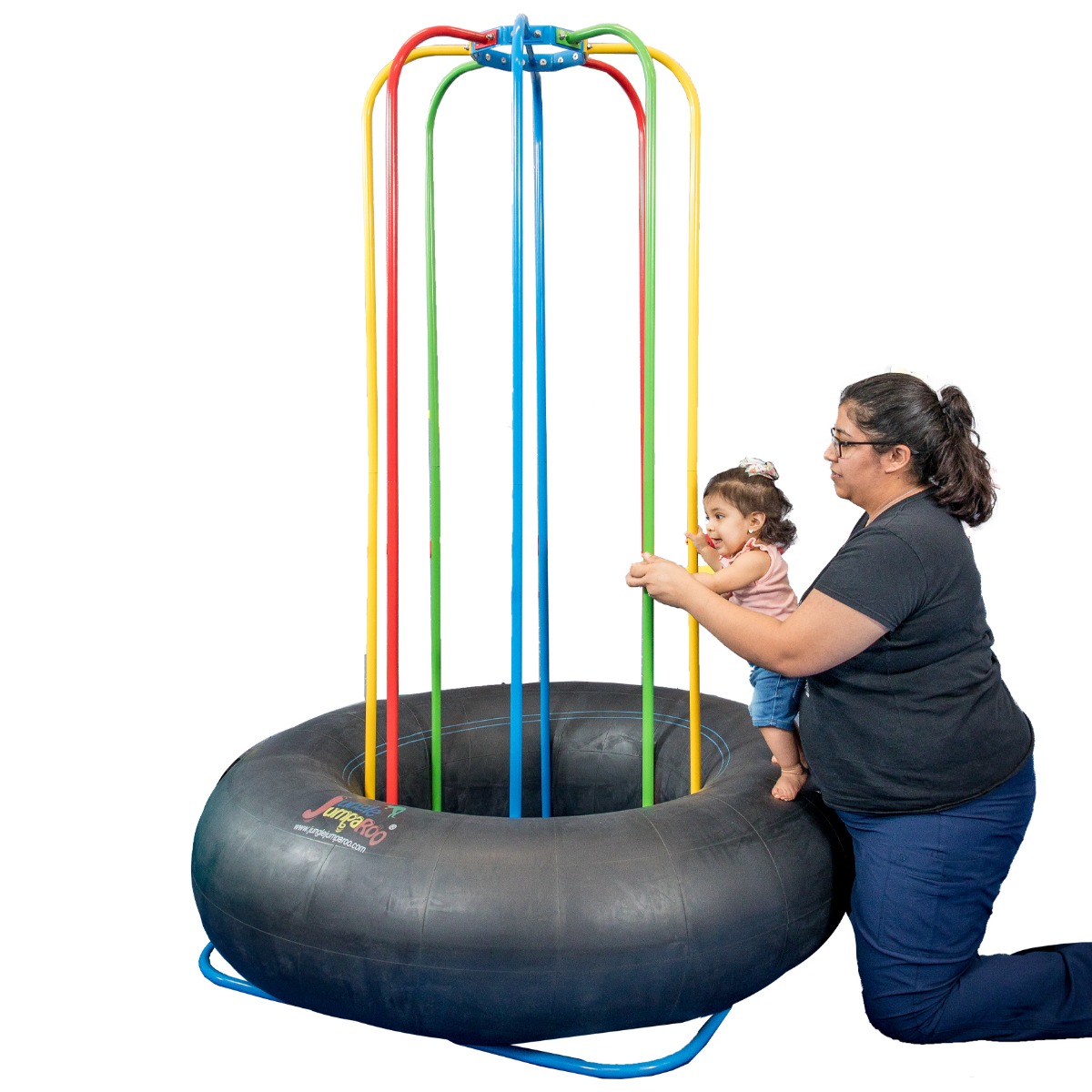


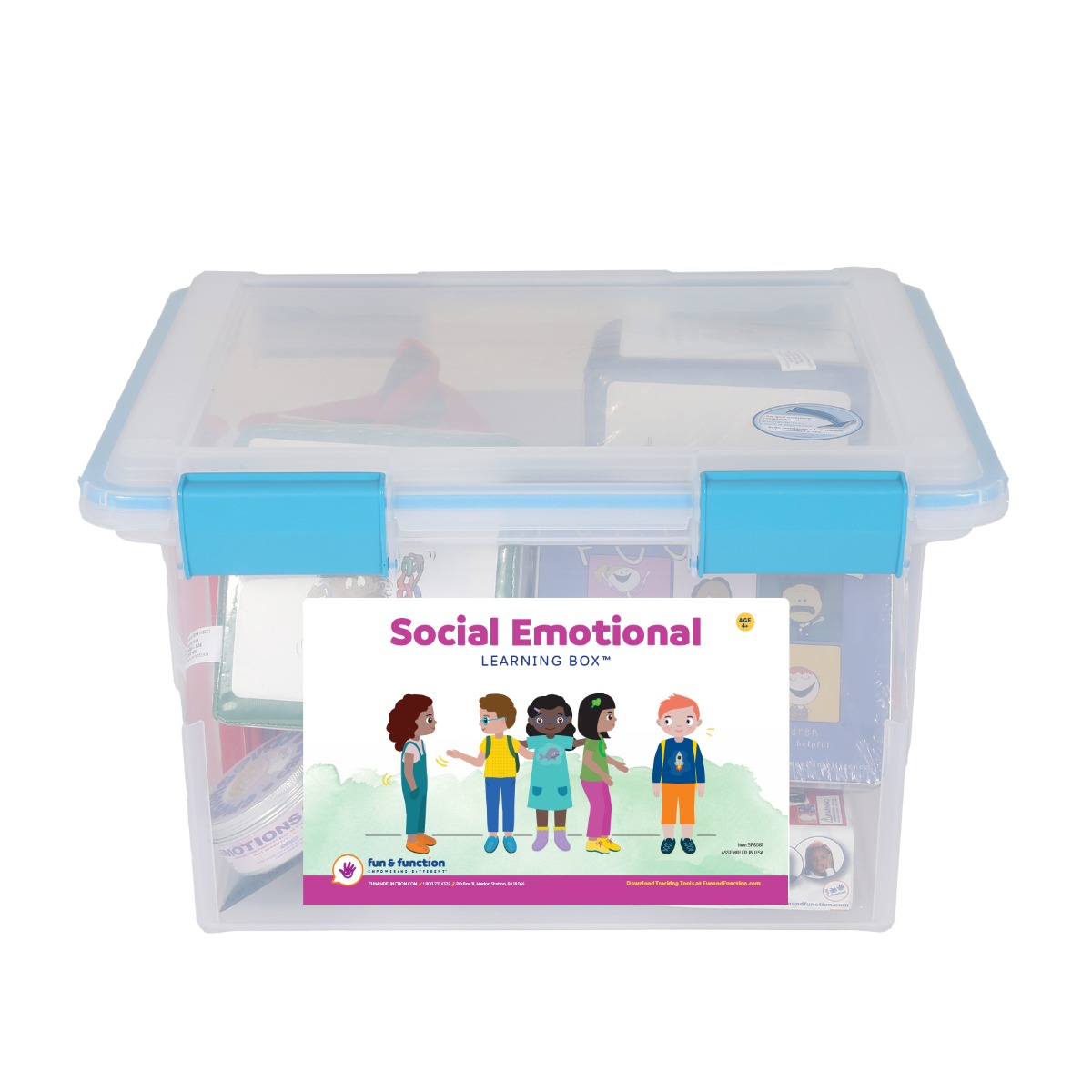





Comments